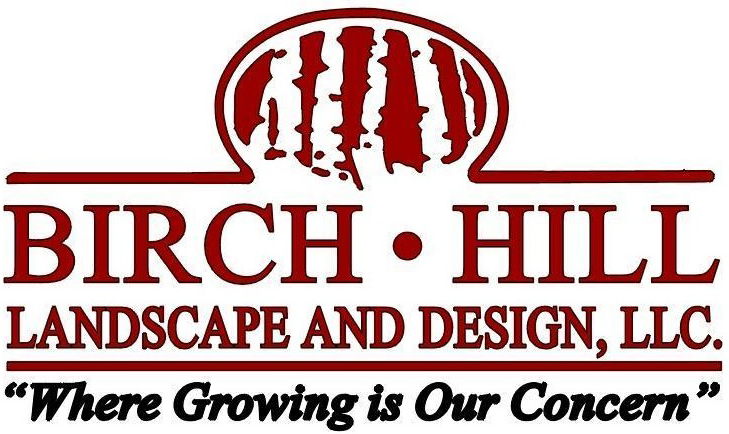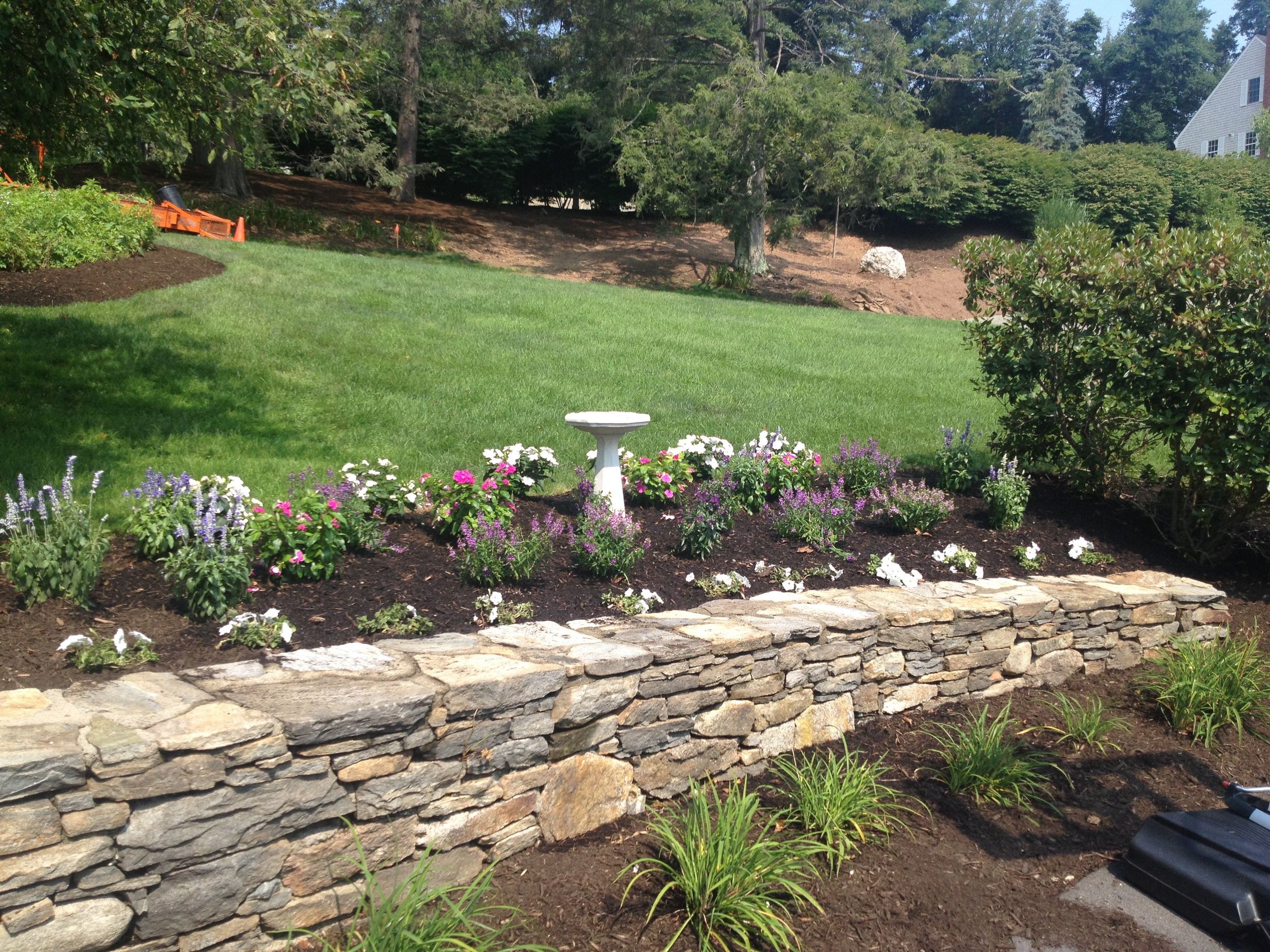3 Tips for Choosing the Right Mulching for Your Plantings in the West Hartford, CT, Area
For ensuring the healthiest and most beautiful landscape in the West Hartford, CT, area, mulching is an important step. For your flowers and greenery to flourish, mulching offers a variety of benefits, including conserving moisture, limiting the number of weeds, and regulating the temperature of the soil. There are different types of mulching that serve different purposes, so it’s important to choose the right mulching for your specific plantings and landscape.
Related: 4 Areas Where Landscaping Lighting Is Necessary in the Simsbury and Wethersfield, CT, Areas
Determining the Need
Different types of plantings have different characteristics that need additional support that mulching can provide. For example, plants that thrive with higher acidity in the soil may enjoy a mulch that helps to lower the pH level in your soil. A shrub that loves water may enjoy the benefits of a moisture-conserving mulch, allowing the plant to enjoy the water for longer before it evaporates. Organic mulch, like wood chips and shredded bark, keep moisture locked in while regulating temperature, making it a great option for warm weather-loving plants when the weather fluctuates. Geotextiles, or landscape fabrics, let air and water through while preventing weeds from coming up but can get tangled in the root systems of shrubs, making it a potentially better option for flowers.
Exploring Mulch Options
Mulching comes in organic and inorganic forms. Inorganic mulching could include plastic sheets, shredded rubber, and landscape fabrics that can prevent your plants from being invaded by weeds that leave them unhealthy after using up all the water in the soil and crowding the root systems. These inorganic mulches are often covered with more aesthetically pleasing mulches, like shredded bark or wood chips.
Organic mulch can include leaves, straw, shredded bark, compost, and wood chips. This type of mulch can add nutrients to your soil and create a healthier environment for your plantings to thrive in. Much like using native plants in your landscape, using a locally sourced mulch increases the chance that the mulch is better adapted to our area and will perform better than a mulch that is sourced from another place.
Making an Aesthetically Pleasing Choice
Mulching can be more than just a functional action—it can be a beautiful one, too! While protecting your plantings and fostering growth, mulch can make the bare ground look intentionally designed with colors that complement your landscape design. Inorganic mulching often comes in clear, black, or gray and can be quite unattractive in contrast to your beautiful plants. By covering your inorganic mulching with other materials, you can get the durability of landscape fabrics and the vast textures and colors provided by organic mulches.
Shredded bark and wood chips are two types of organic mulching that commonly come in three colors: black, brown, and red. Brown mulch is a great way to provide a more natural appearance around your plants. For a more sophisticated look, black mulch is a sleek way that can help your plantings really stand out. Red mulch is a great way to create more of a statement and add even more color. Remember that colored organic mulches are prone to fading under direct sunlight and may look different from the start of the season to the end.
Mulching can happen once or twice a year, making it a great opportunity to choose a different color or style, check the overall health of your plants, and make any adjustments to the mulch that will enhance the health and beauty of your landscape.
About the Author
Birch Hill Landscape & Design is a full-service, woman-owned, family-run design/build contractor that has been serving residential and commercial customers in the Central Connecticut area for over 30 years. When you see our work vehicles, you know that another satisfied customer is benefiting from our experience, passion, and commitment to quality!


